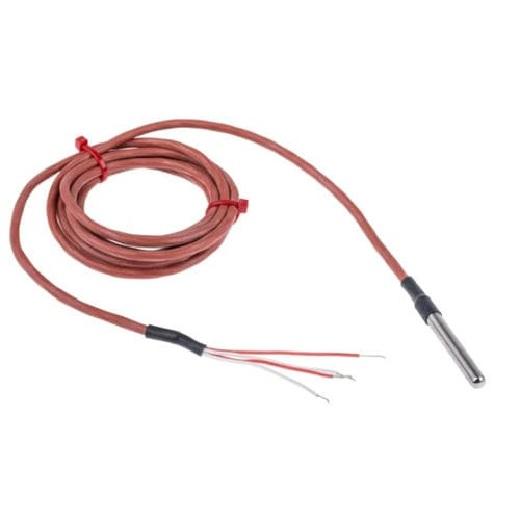Temperature sensing is an essential aspect of many industrial and scientific processes. Accurate temperature measurement can help maintain quality, improve efficiency, and ensure safety in various applications. Among the various types of temperature sensors, the PT100 is a popular and reliable choice. In this article, we will introduce the pt100 temperature sensor, its properties, and applications.
What is a PT100 Temperature Sensor?
A PT100 temperature sensor is a type of resistance temperature detector (RTD) that measures temperature based on the change in resistance of a platinum wire. The "PT" in PT100 stands for platinum, and "100" refers to the nominal resistance of the sensor at 0°C (32°F), which is 100 ohms. The PT100 sensor is one of the most accurate temperature sensors available and is widely used in industrial and scientific applications.
Properties of PT100 Temperature Sensor
The PT100 temperature sensor has several properties that make it a popular choice in various applications. Some of these properties are:
High Accuracy: The PT100 temperature sensor is known for its high accuracy and stability. It can provide temperature measurements with an accuracy of up to ±0.1°C.
Wide Temperature Range: The PT100 temperature sensor can measure a wide range of temperatures, typically from -200°C to 850°C (-328°F to 1562°F).
Linear Response: The resistance of the PT100 temperature sensor changes linearly with temperature, which makes it easy to convert the resistance value into a temperature value.
Low Drift: The PT100 temperature sensor has low drift over time, which means that its accuracy remains consistent even after prolonged use.
Robustness: The PT100 temperature sensor is robust and can withstand harsh environments such as high pressure, vibration, and corrosive substances.
Applications of PT100 Temperature Sensor
The PT100 temperature sensor has a wide range of applications in various industries, some of which are:
Industrial Processes: The PT100 temperature sensor is commonly used in industrial processes such as manufacturing, chemical processing, and power generation. It can measure temperatures accurately in these processes, which helps maintain quality and improve efficiency.
HVAC Systems: The PT100 temperature sensor is used in heating, ventilation, and air conditioning (HVAC) systems to measure the temperature of the air and adjust the heating or cooling accordingly.
Medical Equipment: The PT100 temperature sensor is used in medical equipment such as incubators, sterilizers, and blood analyzers to measure temperature accurately and ensure the safety of patients.
Aerospace and Automotive Industries: The PT100 temperature sensor is used in aerospace and automotive industries to measure the temperature of engine components and other critical parts.
Conclusion
The PT100 temperature sensor is a reliable and accurate temperature sensor widely used in various industrial and scientific applications. Its high accuracy, wide temperature range, linear response, low drift, and robustness make it a popular choice in many industries. As technology advances, the PT100 temperature sensor will continue to play a crucial role in temperature sensing applications.
